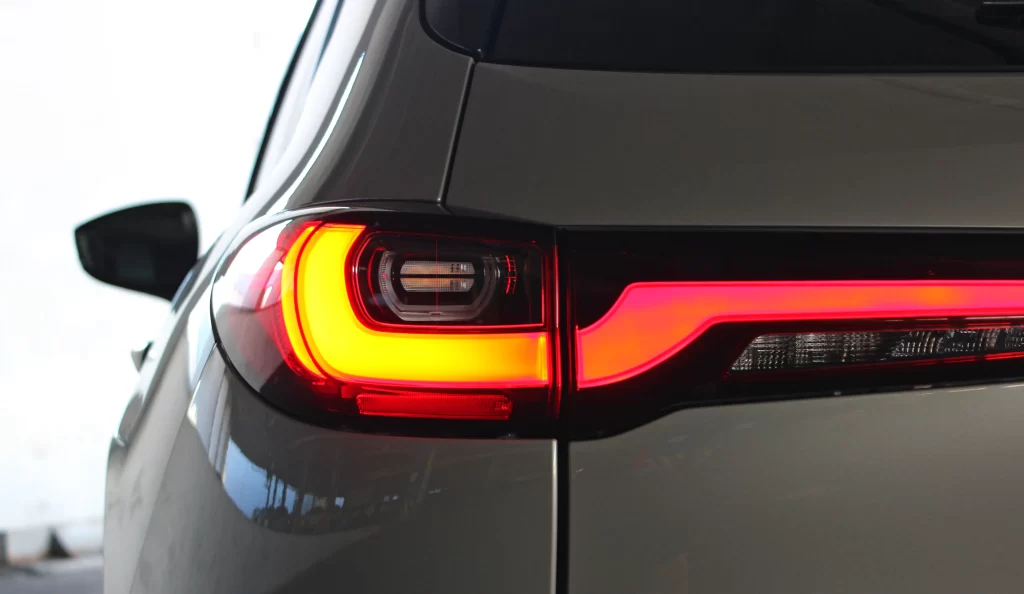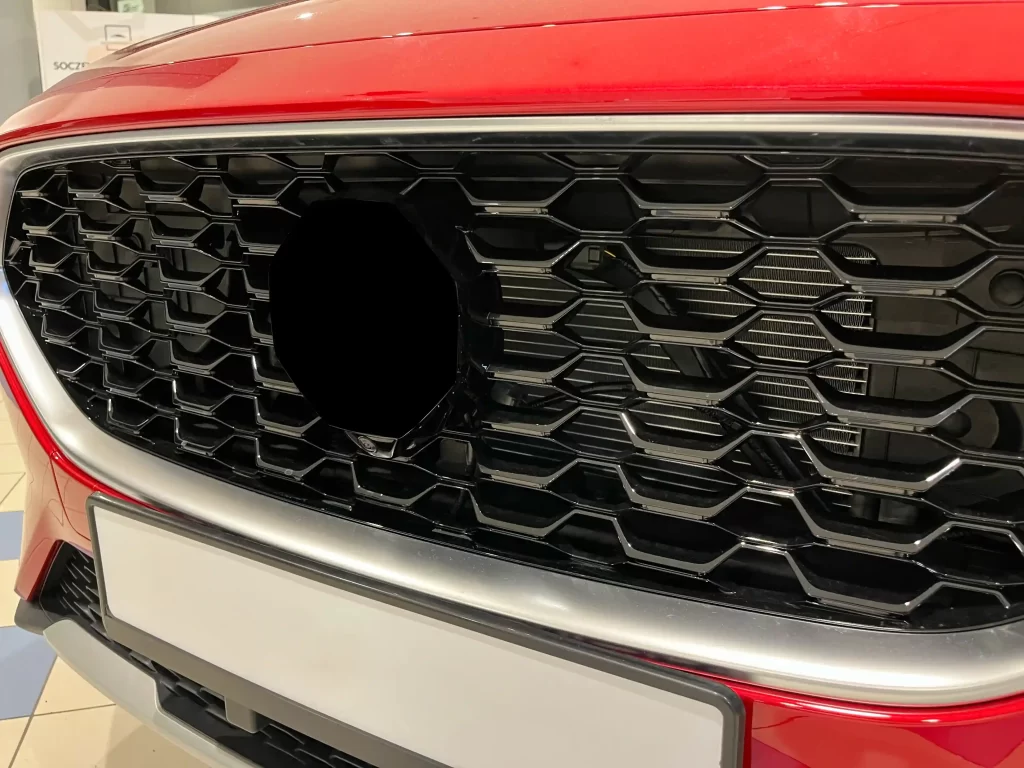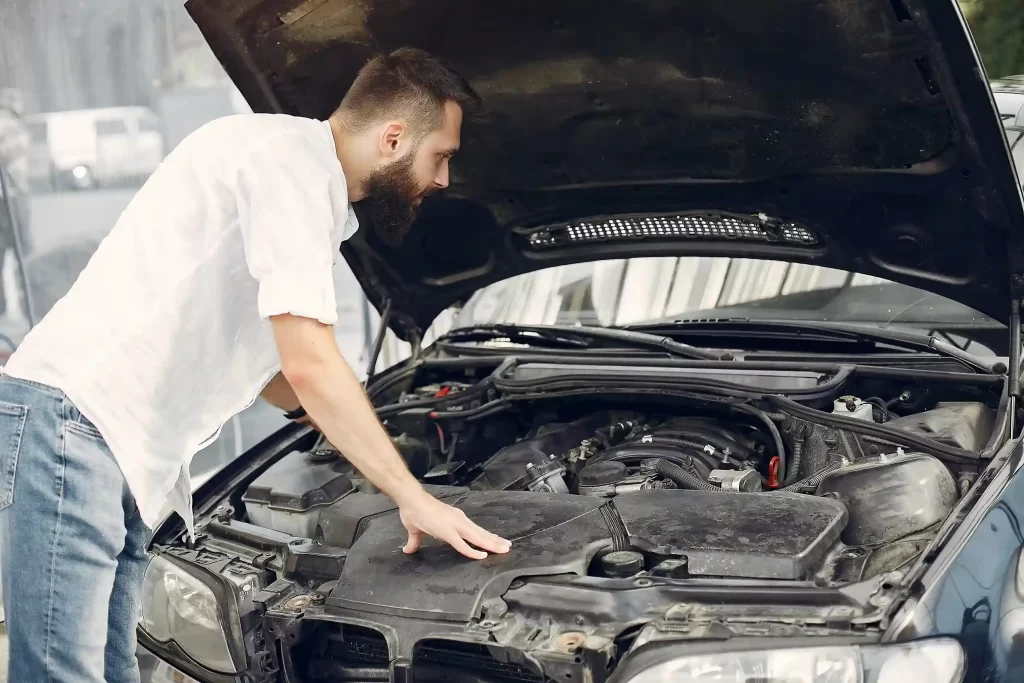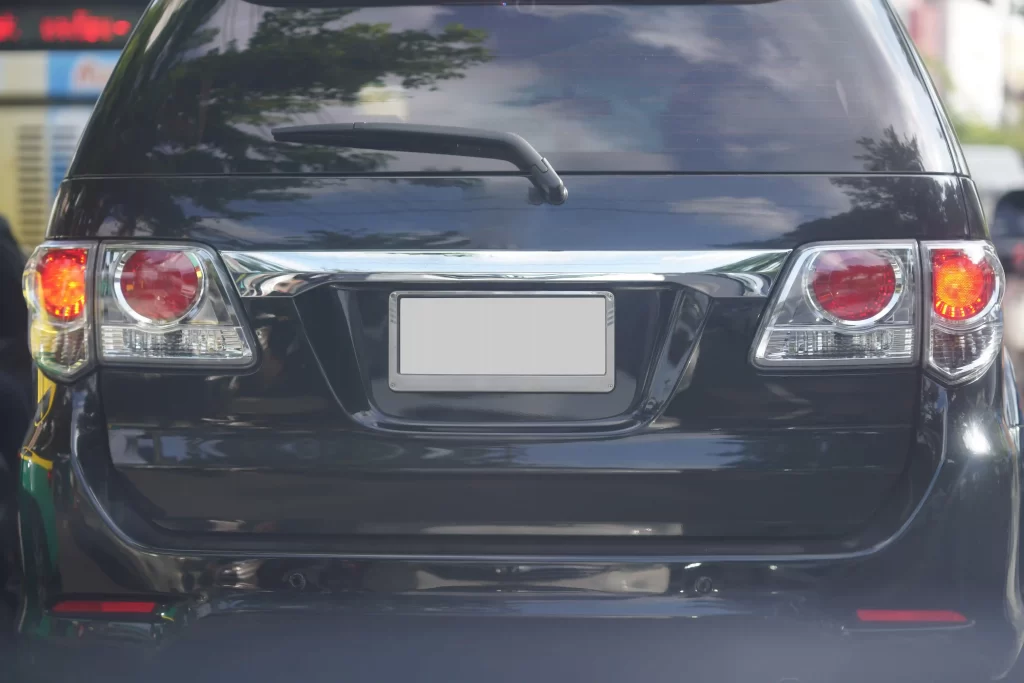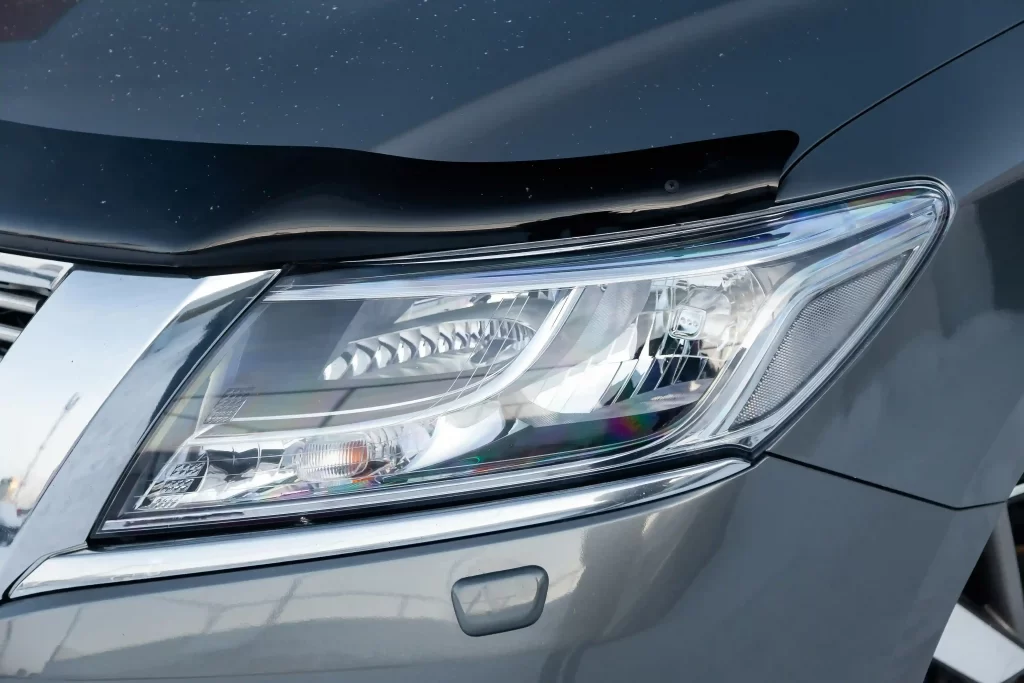Introduction
Welcome to our grille guide! Whether you’re a car enthusiast or simply someone who wants to better understand their vehicle, this blog post is here to shed light on the world of radiator grilles. These often-overlooked components play an important role in both the aesthetics and functionality of your front end. From maintenance tips to different types and their purpose, we’ve got you covered! So buckle up and get ready for a deep dive into the fascinating world of radiator grilles.
Radiator Grille Maintenance Tips
Keeping your radiator grille in top shape is essential for the overall performance and aesthetics of your vehicle. Here are some maintenance tips to ensure its longevity.
First and foremost, regularly clean the grille to remove any debris or dirt that may have accumulated. A simple wipe-down with a damp cloth or gentle pressure wash can do wonders.
Next, inspect the grille for any signs of damage such as cracks or dents. If you spot any issues, it’s important to address them promptly to prevent further damage and ensure proper airflow.
In addition, check the mounting brackets and fasteners that secure the grille in place. Over time, these components can become loose or worn out, compromising the stability of the grille. Tighten or replace them as necessary.
Furthermore, consider applying a protective coating on your radiator grille to shield it from harsh elements like UV rays and road salt. This will help maintain its appearance and prevent corrosion.
If you notice any issues with cooling efficiency or engine overheating, it’s crucial to have your radiator inspected by a professional mechanic. A malfunctioning grille can restrict airflow and lead to costly repairs down the line.
By following these maintenance tips, you’ll not only prolong the lifespan of your radiator grille but also enhance both the functionality and aesthetic appeal of your vehicle!
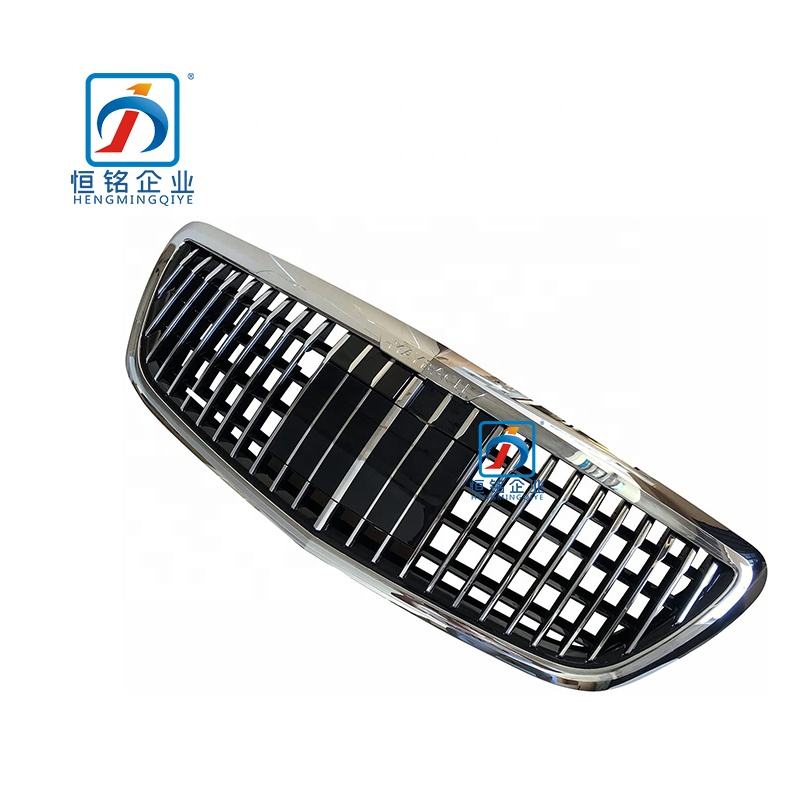
Understanding Different Types of Radiator Grilles
Radiator grilles come in a variety of shapes, sizes, and designs, each serving a specific purpose. Understanding the different types of radiator grilles can not only enhance the aesthetic appeal of your vehicle but also improve its functionality.
One common type is the traditional horizontal bar grille. This classic design features evenly spaced bars running horizontally across the front of the vehicle. It provides a sleek and timeless look that complements any car model.
Another popular option is the mesh grille. Made up of small interwoven wires or metal pieces, this type of grille offers increased airflow to the radiator while still providing protection against debris.
For those looking for a more aggressive and sporty appearance, there are honeycomb grilles. These feature hexagonal-shaped openings that give off a bold and dynamic vibe.
If you prefer something out of the ordinary, billet grilles might be your best bet. These custom-made grilles are crafted from solid blocks of aluminum or stainless steel and offer endless possibilities for customization.
No matter which type you choose, it’s important to consider factors such as compatibility with your vehicle’s make and model, ease of installation, and durability to ensure long-lasting satisfaction with your radiator grille choice.
Remember that selecting a radiator grille isn’t just about aesthetics; it plays an essential role in protecting vital components like radiators from damage caused by road debris or impact forces.
By understanding these various types of radiator grilles available on the market today, you’ll be able to make an informed decision when choosing one for your beloved vehicle!
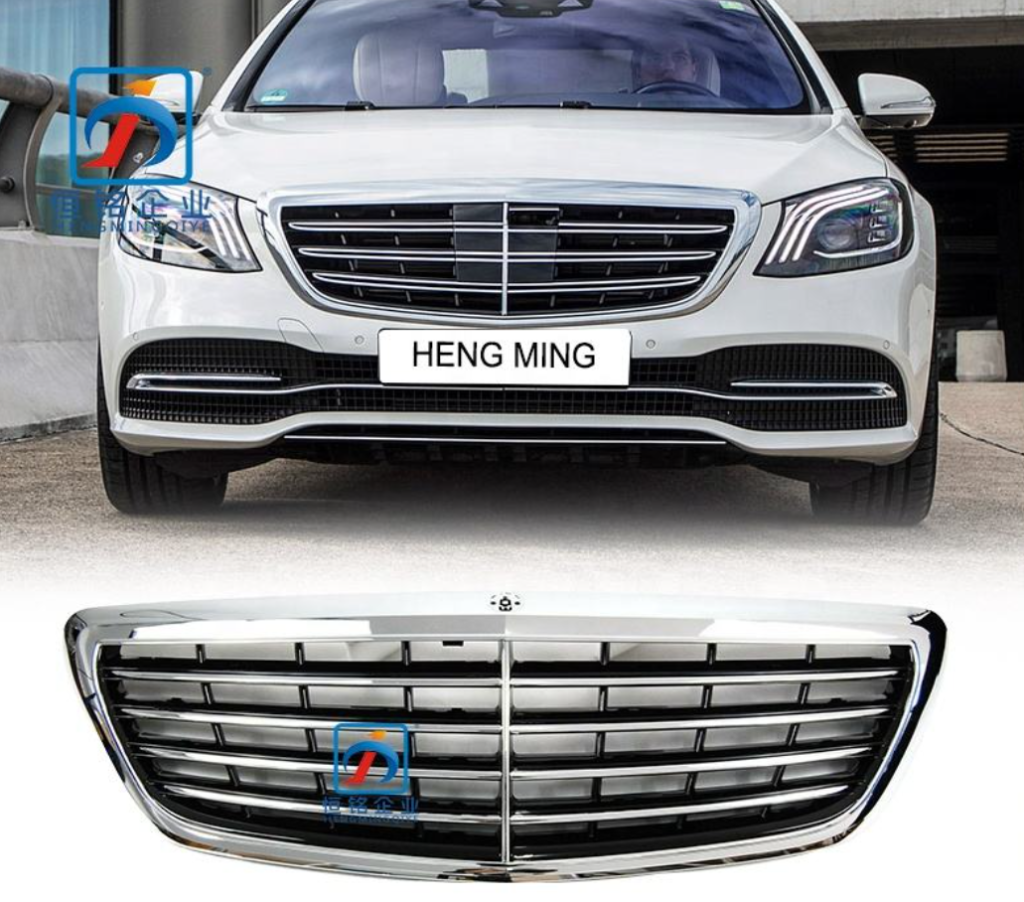
The Purpose of a Grille on the Front of a Vehicle
When you look at the front of a vehicle, one prominent feature that catches your eye is the grille. But have you ever wondered what exactly is the purpose of this seemingly decorative element? Well, wonder no more! The grille serves several important functions that go beyond just aesthetics.
First and foremost, the grille allows air to flow into the engine compartment. This helps in cooling down various components such as the radiator and engine itself. Without proper airflow, these vital parts could overheat and potentially cause serious damage to your vehicle.
In addition to cooling, grilles also play a role in protecting key components from debris and other road hazards. The design of most grilles features small openings or mesh patterns that act as barriers, preventing larger objects from entering and causing potential harm.
Furthermore, grilles can also enhance aerodynamics by redirecting airflow around the vehicle. This helps to reduce drag and improve fuel efficiency. Many modern vehicles are designed with sleeker grilles that not only enhance performance but also add a touch of style.
Let’s not forget about brand recognition! Car manufacturers often incorporate their logos or distinctive designs into the grille to create brand identity. It’s like wearing a badge proudly displaying which make or model you own.
So next time you admire that stylish front grille on your car or any other vehicle for that matter, remember its true purpose goes beyond just looks – it’s all about functionality and protection!
Stay tuned for our next blog section where we will delve deeper into choosing the right radiator grille for your vehicle needs!
Choosing the Right Radiator Grille for Your Vehicle
When it comes to choosing the right radiator grille for your vehicle, there are a few factors to consider. First and foremost, you’ll want to think about the style and design that best complements your car’s overall aesthetic. Are you looking for something sleek and modern or perhaps a more rugged and aggressive look? The choice is yours!
Next, take into account the material of the grille. Stainless steel grilles are durable and offer a polished appearance, while plastic grilles may be more affordable but can be prone to cracking or fading over time.
Consider the functionality of the grille as well. Some grilles feature mesh patterns that provide added protection against debris and insects from entering your engine bay, while others have larger openings for better air flow.
Don’t forget about fitment! Make sure to choose a radiator grille that is specifically designed for your make and model of vehicle to ensure proper installation without any modifications needed.
By taking these factors into consideration, you can choose a radiator grille that not only enhances the look of your vehicle but also meets your specific needs in terms of style, durability, functionality, and fitment. Happy grill shopping!
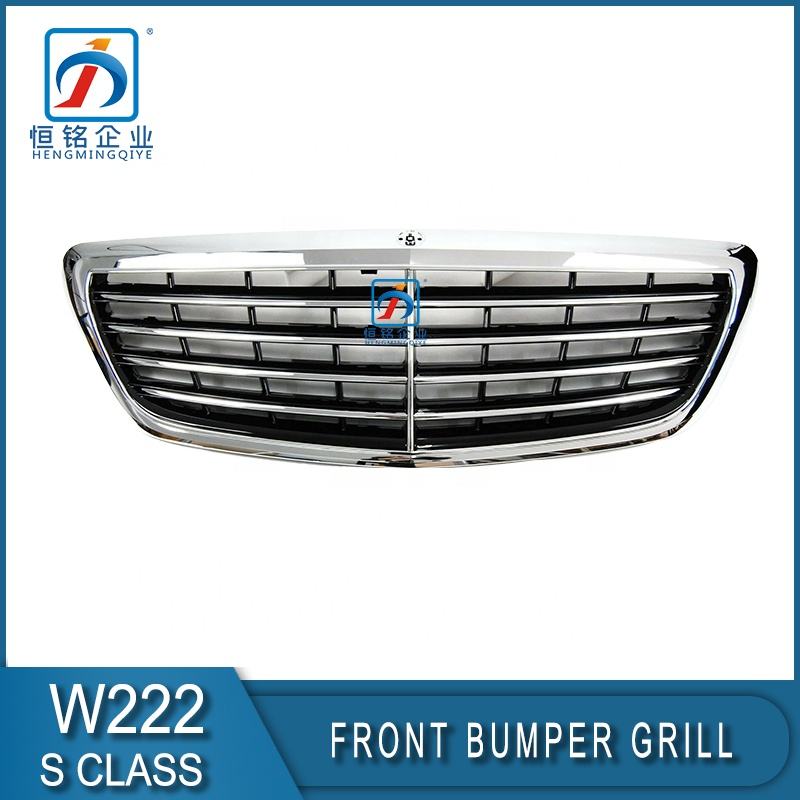
Conclusion
Maintaining your vehicle’s radiator grille is crucial for both its functionality and aesthetic appeal. By following the maintenance tips mentioned earlier in this article, you can ensure that your grille remains in top condition.
Understanding the different types of radiator grilles available in the market gives you options to choose from based on your preferences and needs. Whether it’s a classic mesh design or a more modern honeycomb pattern, there is a style that will complement your vehicle perfectly.
It’s also important to note that when discussing front vehicle grilles, “grille” is the correct term to use instead of “grill.” By using the appropriate terminology, you can effectively communicate with fellow car enthusiasts and professionals.
The purpose of a grille on the front of a vehicle goes beyond just adding an attractive element. It plays a vital role in protecting essential components like the radiator from debris while allowing air to flow freely for engine cooling.
When selecting a new radiator grille for your vehicle, consider factors such as material quality, design compatibility, and overall functionality. This way, you can make an informed decision that not only enhances your car’s appearance but also meets its specific requirements.

